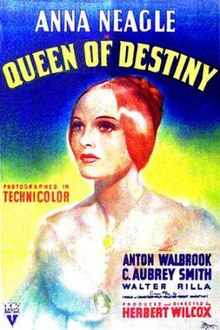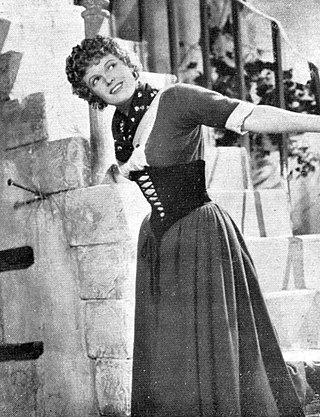
Dame Florence Marjorie Wilcox, known professionally as Anna Neagle, was an English stage and film actress, singer, and dancer.
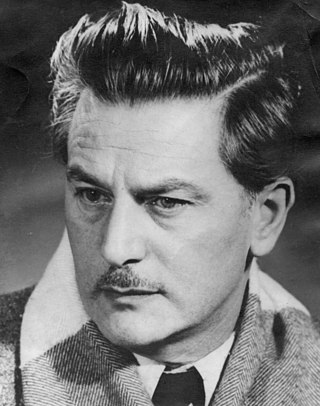
Adolf Anton Wilhelm Wohlbrück was an Austrian actor who settled in the United Kingdom under the name Anton Walbrook. A popular performer in Austria and pre-war Germany, he left in 1936 out of concerns for his own safety and established a career in British cinema. Walbrook is perhaps best known for his roles in the original British film of Gaslight, The Life and Death of Colonel Blimp and The Red Shoes.

Michael Charles Gauntlet Wilding was an English stage, television, and film actor. He is best known for a series of films he made with Anna Neagle; he also made two films with Alfred Hitchcock, Under Capricorn (1949) and Stage Fright (1950); and he guest starred on Hitchcock's TV show in 1963. He was married four times, including to Elizabeth Taylor, with whom he had two sons.

John Edward Hawkins, CBE was an English actor who worked on stage and in film from the 1930s until the 1970s. One of the most popular British film stars of the 1950s, he was known for his portrayal of military men.
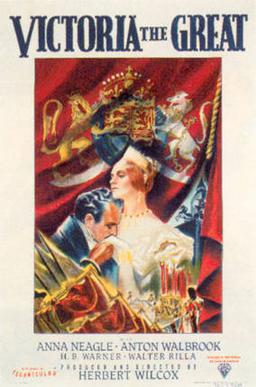
Victoria the Great is a 1937 British historical film directed by Herbert Wilcox and starring Anna Neagle, Anton Walbrook and Walter Rilla. When Laurence Housman's play Victoria Regina was banned by the Lord Chamberlain, its subsequent Broadway success prompted King Edward VIII to commission producer Herbert Wilcox to turn it into a film, commemorating the centenary of Victoria's reign. The film biography of Queen Victoria concentrates initially on the early years of her reign with her marriage to Prince Albert and her subsequent rule after Albert's death in 1861. It was released in the year of Victoria’s great-grandson King George VI's coronation, which was also the centennial of Victoria's own accession to the throne. The movie was so successful that a sequel appeared the following year, Sixty Glorious Years.

Herbert Sydney Wilcox CBE was a British film producer and director.
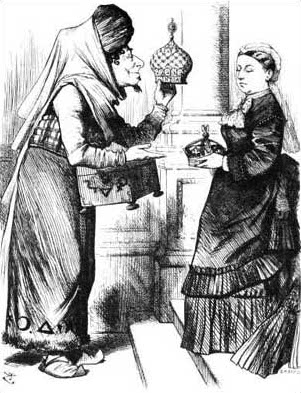
Queen Victoria has been portrayed or referenced many times.
Derrick Raoul Edouard Alfred De Marney was an English stage and film actor and producer, of French and Irish ancestry.

They Flew Alone is a 1942 British biopic about aviator Amy Johnson directed and produced by Herbert Wilcox and starring Anna Neagle, Robert Newton and Edward Chapman. It was distributed in the UK and the US by RKO Radio Pictures.

No, No, Nanette is a 1940 American film directed by Herbert Wilcox and based on both the 1919 stage play No, No, Nanette and the 1930 film No, No, Nanette. It was one of several films the British producer/director made with Anna Neagle for RKO studios in the U.S.

King's Rhapsody is a 1955 British musical film directed by Herbert Wilcox and starring Anna Neagle, Errol Flynn and Patrice Wymore. Wymore was Errol Flynn's wife at the time of filming. It was based on the successful stage musical King's Rhapsody by Ivor Novello.

Peg of Old Drury is a 1935 British historical film directed by Herbert Wilcox and starring Anna Neagle, Cedric Hardwicke and Margaretta Scott. The film is a biopic of 18th century Irish actress Peg Woffington. It was based on the play Masks and Faces by Charles Reade and Tom Taylor. It contains passages of 18th century Shakespearian performance, from The Merchant of Venice, Richard III and As You Like It.
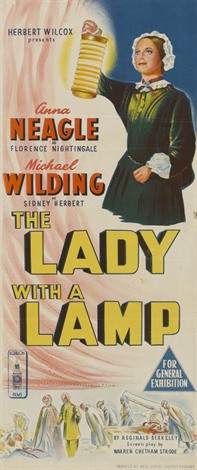
The Lady with a Lamp is a 1951 British historical drama film directed by Herbert Wilcox and starring Anna Neagle, Michael Wilding and Felix Aylmer. The film depicts the life of Florence Nightingale and her work with wounded British soldiers during the Crimean War. It was shot at Shepperton Studios outside London. Location shooting took place at Cole Green railway station in Hertfordshire and at Lea Hurst, the Nightingale family home, near Matlock in Derbyshire. The film's sets were designed by the art director William C. Andrews. It is based on the 1929 play The Lady with a Lamp by Reginald Berkeley.
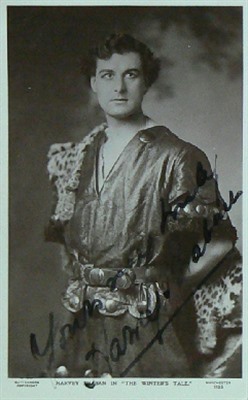
Harvey Braban was a British stage actor. He also appeared in films between 1920–1938.

Lilacs in the Spring is a 1954 British musical film directed by Herbert Wilcox and starring Anna Neagle, Errol Flynn and David Farrar. The film was made at Elstree Studios with sets designed by the art director William C. Andrews. Shot in Trucolor it was distributed in Britain by Republic Pictures. It was the first of two films Neagle and Flynn made together, the other being King's Rhapsody. It was released in the United States as Let's Make Up.

Aubrey Dexter was a British stage and film actor.

Sixty Years a Queen is a 1913 British silent historical film directed by Bert Haldane and starring Blanche Forsythe, Louie Henri and Fred Paul.
Cultural depictions of prime ministers of the United Kingdom have become commonplace since the term's first use in 1905. However, they have been applied to prime ministers who were in office before the first use of the term. They are listed here chronologically from the date of first appointment as prime minister.

The Glorious Days is a 1952 British musical composed by Harry Parr Davis and Harold Purcell from a book by Robert Nesbitt and Miles Malleson. It was designed as a vehicle for Anna Neagle, showcasing her in several roles throughout history including two Nell Gwynn and Queen Victoria which she had played in films.

Arthur Wellesley, 1st Duke of Wellington, was an Anglo-Irish soldier and Tory statesman who was one of the leading military and political figures of 19th-century Britain, commanding the British Army during the Napoleonic Wars and serving twice as prime minister. He has frequently been depicted in various cultural media.
